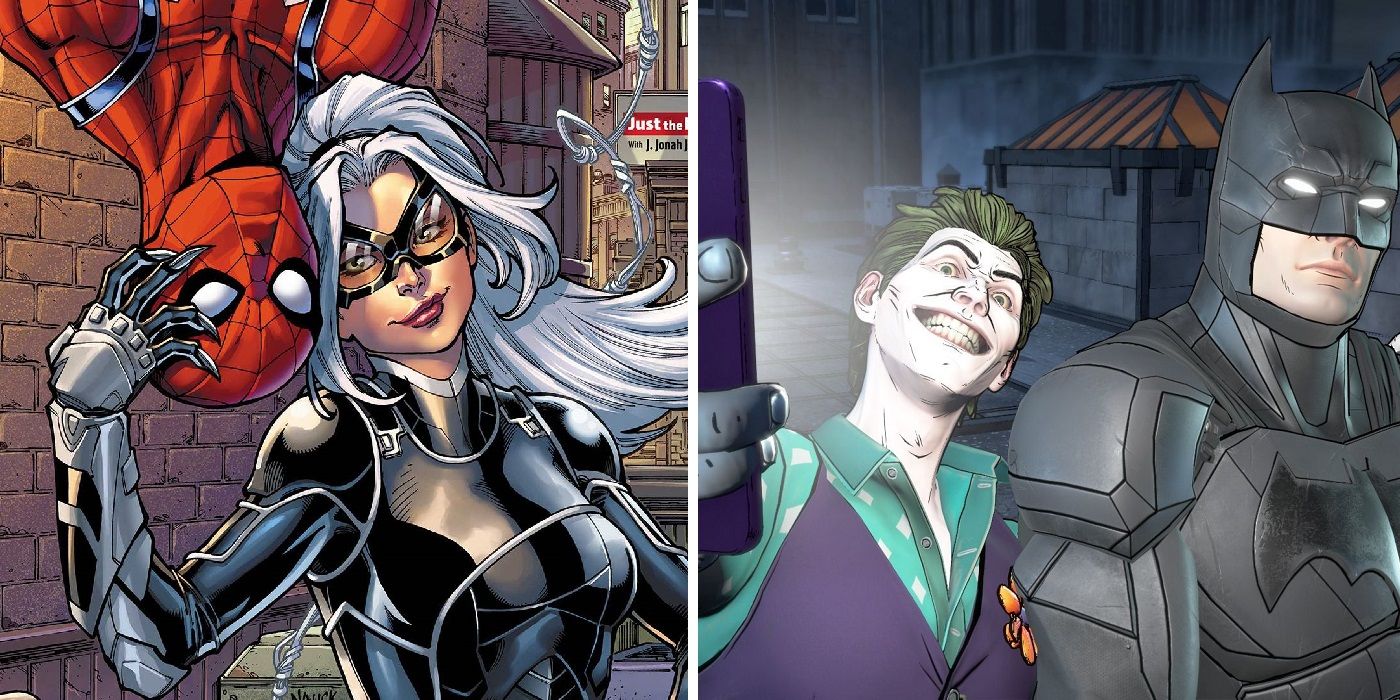
In superhero stories, there are two flavors of supporting character which are most important: The hero's villains, and the hero's love interests. The villains are most important to the superhero's costumed life; without villains, there'd be no need of any heroes. The love interests are in turn typically most important to a superhero's civilian life.
So, what happens when the two roles are combined? Looking across superhero comics, there are examples where the relationship between superhero and supervillain is either explicitly romantic, or has undertones thereof.
10 Batman & Catwoman Are Each Other's True Loves
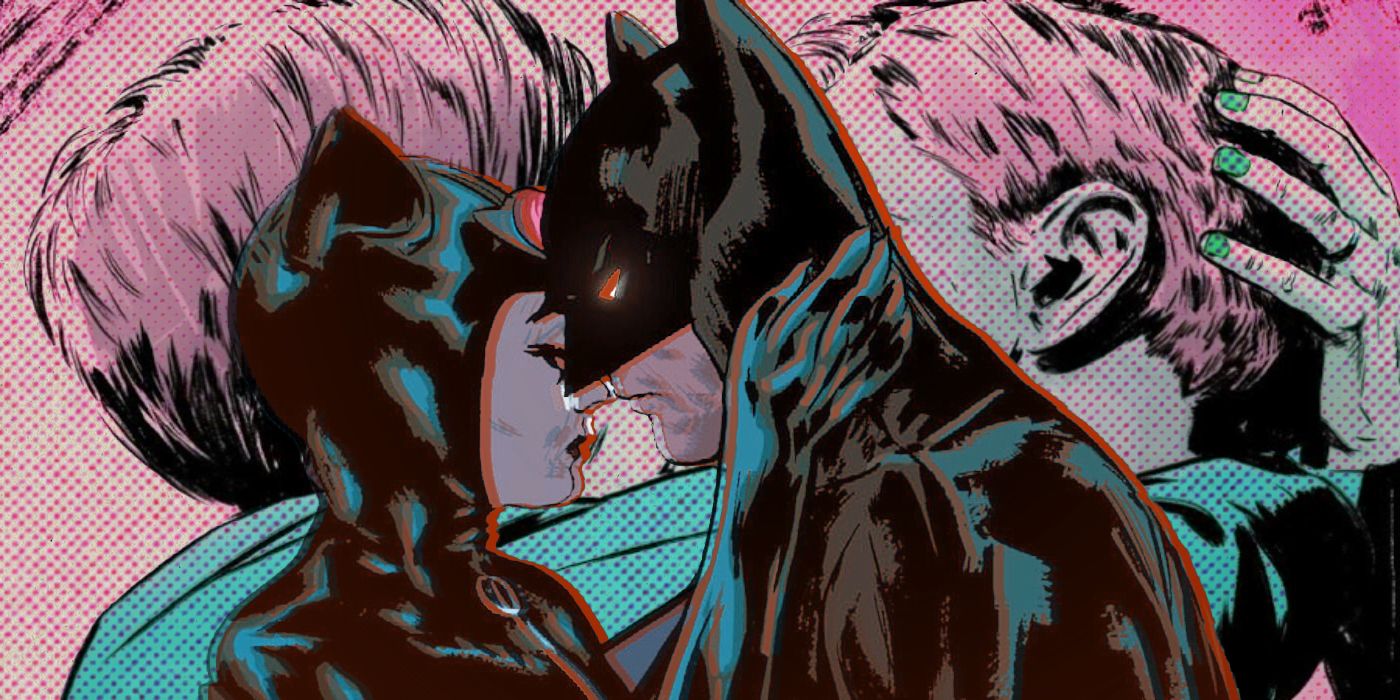
There’s a reason the phenomenon of hero/villain romance has been dubbed by TV Tropes as “Dating Catwoman.” Batman and Catwoman always flirted with each other, and this element of their relationship carried over into adaptations. Since Hush, when Bruce revealed his true identity to Selina and she briefly joined the Bat-family, the dynamic has been a deeper, more emotional one.
The two were even engaged during Tom King's Batman run, and though that didn't work out, they're currently back together. A man as emotionally walled-off as Bruce Wayne will always have trouble maintaining a relationship, but if there's one woman in his life who has the best shot at permanently capturing his heart, it's Selina Kyle.
9 Black Cat Loves Spider-Man, But Not The Man Behind The Mask
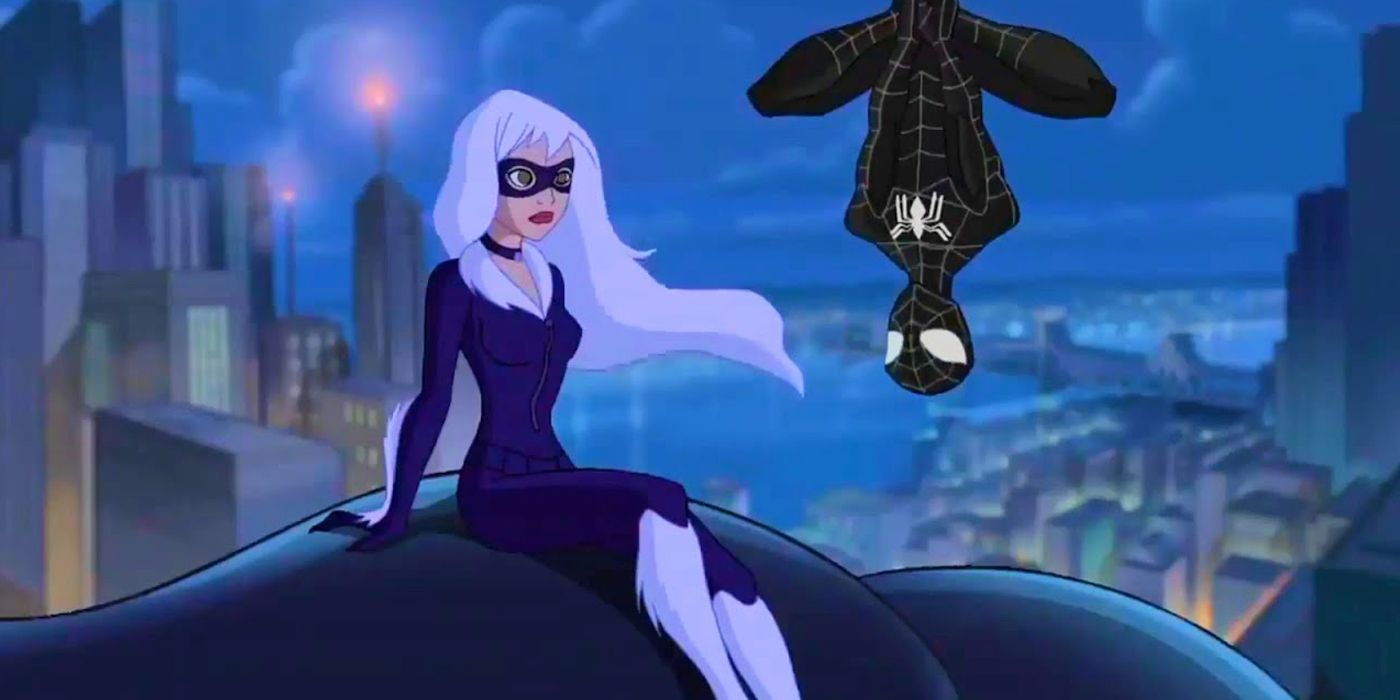
Felicia Hardy is very much Marvel's Selina Kyle in multiple ways. Most importantly, like Selina, Felicia made an attempt at reformation out of her love for Spider-Man; there was a brief period where she and Spidey became official crime-fighting partners. Unlike Bruce and Selina, Peter revealing his identity split them apart; while the Black Cat loves Spider-Man, Felicia Hardy couldn't feel the same way about Peter Parker.
Whenever Black Cat appears in Spider-Man adaptations, so will her love/hate relationship with the hero. The funniest example came in Issue #85 of Ultimate Spider-Man, where Felicia (in her mid-20s) takes off Spider-Man's mask to give him a kiss; upon seeing Peter's face and realizing he's only 15, she's overcome with shame, vomits on his chest, and runs away.
8 Nite-Owl & The Twilight Lady Deconstruct This Trope
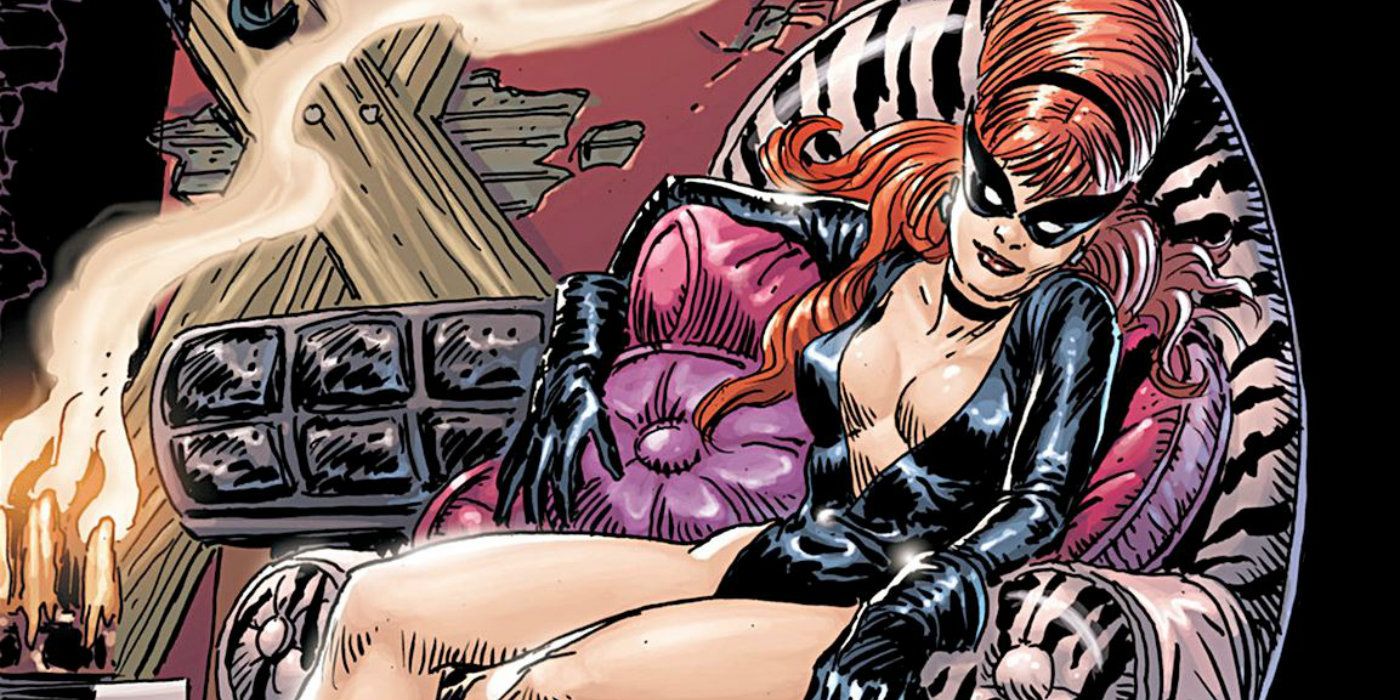
In Alan Moore & Dave Gibbons' Watchmen, Dan Dreiberg reveals that during his Nite-Owl days, he attracted the attention of villainess the Twilight Lady— in more ways than one. Dan even keeps a signed pin-up of her as a souvenir, and when dreaming, he imagines them kissing before the Twilight Lady sheds her skin to reveal Laurie. Like so many things in Watchmen, it's a detail there to place superhero conventions in a more realistic context.
For one, the pair never ended up together. It also ties into Watchmen's thread about the fetishistic aspect of superheroes and villains; at the end of the day, these are people who dress in bizarre costumes to beat each other up. Twilight Lady's dominatrix-like costume reflects this, as does her connection with Dan, whose "hero fetishism" is the most apparent of the book's main cast.
7 Iron Man & Madame Masque Have Had On-And-Off Flings
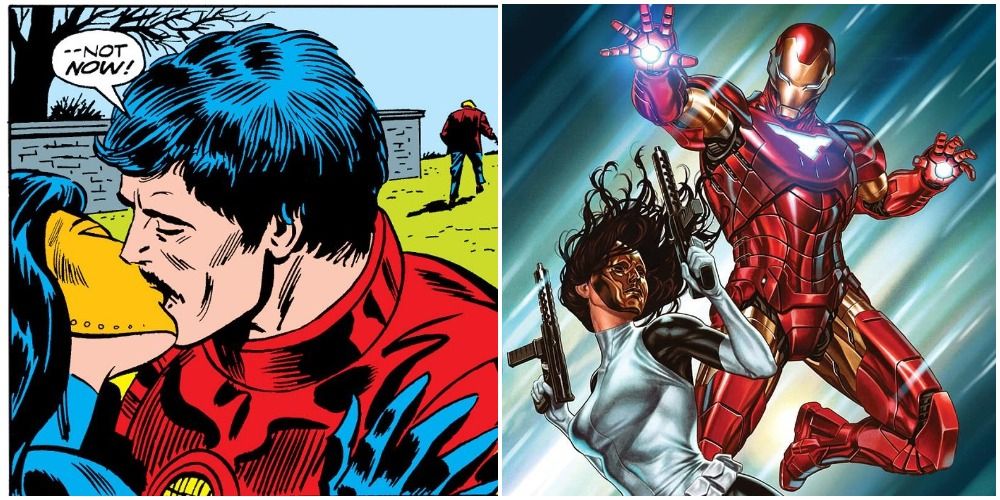
With as much of a ladies' man as Tony Stark is, is it a surprise that even a villain has fallen for his charms? The daughter of crime boss Count Nefaria, Whitney Frost had already battled Iron Man when she infiltrated Stark Industries in the guise of secretary "Krissy Longfellow." Along the way, she fell in love with her mark, but the relationship was doomed by her loyalty to her father and that Stark was, of course, really the same man as Madame Masque's old enemy.
Whitney has remained mostly villainous since, though her feelings for Tony never completely faded. This dynamic was carried over into Iron Man: Armored Adventures, where Whitney was reimagined as the daughter of Obadiah Stane.
6 Green Lantern & Star Sapphire Are Enemies, While Hal Jordan & Carol Ferris Are Lovers
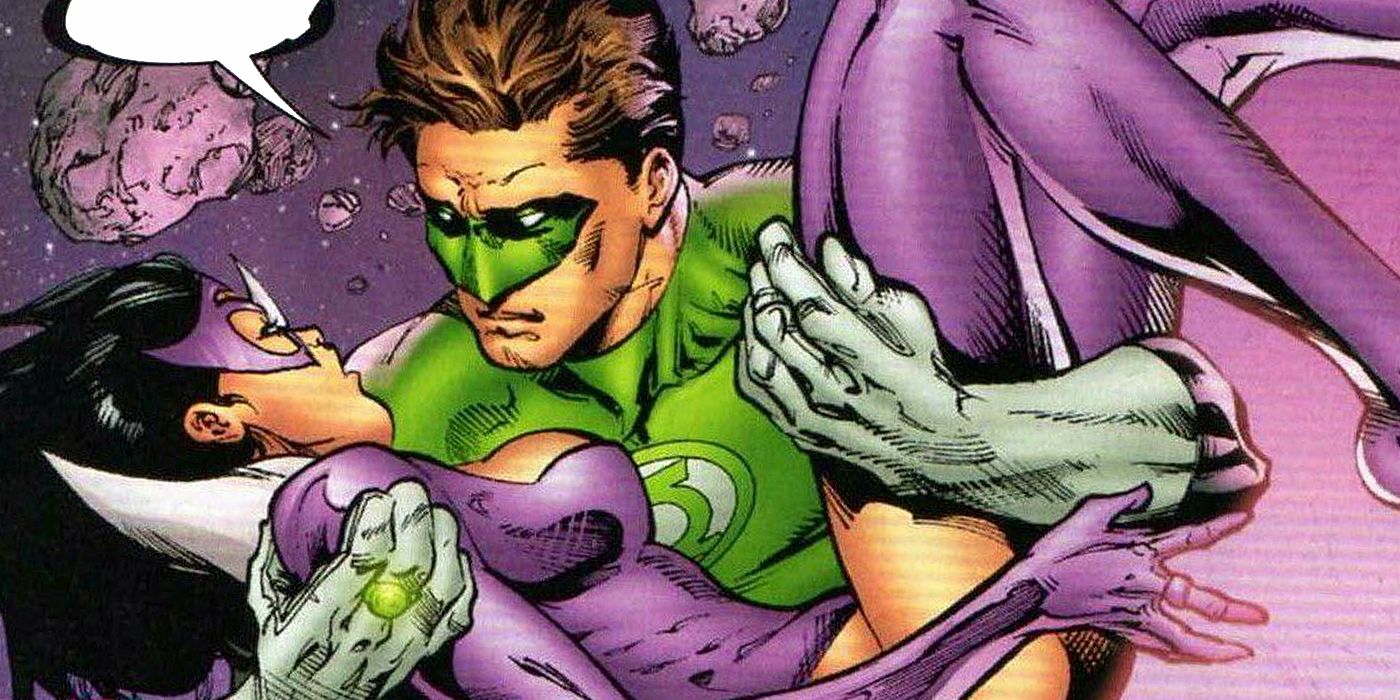
When John Broome & Gil Kane first introduced Hal Jordan in Showcase #22, they also introduced Carol Ferris, both Hal's boss and his love interest. Their dynamic was changed forever in Green Lantern #16, when the alien Zamarons chose Carol to become their new queen, The Star Sapphire.
Thus began a split identity for Carol, and a recurring pattern where her Star Sapphire self would emerge only to be defeated by Hal time and time again. The conflict between their costumed selves has never permanently abated Hal and Carol's feelings for each other, though.
5 Captain America & Diamondback's Relationship Pulled Her Away From Villainy
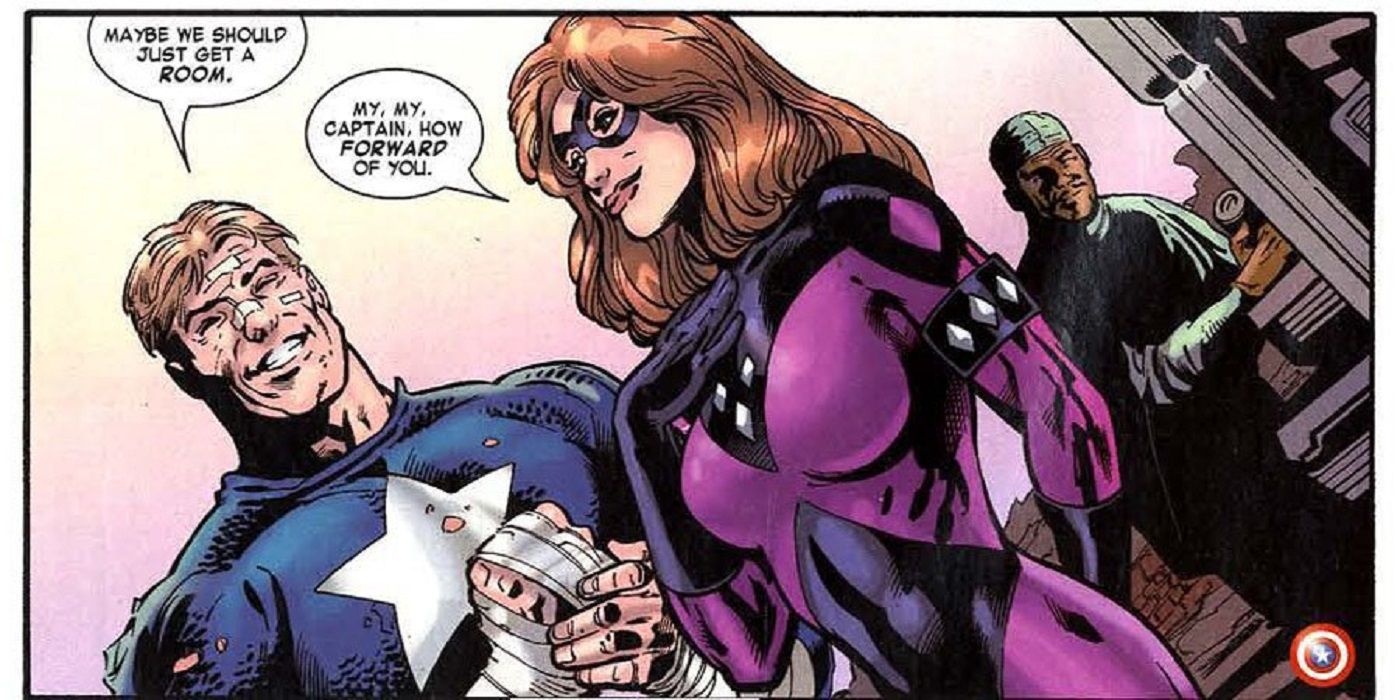
Sometimes, love can make one a better person. That's what happened in the relationship between Captain America and Rachel Leighton, aka Diamondback. Diamondback debuted in Captain America #310 (Mark Gruenwald & Paul Neary) as a member of the Serpent Society. Instantly smitten with Cap, she helps him several times until her actions get her exiled from the Serpent Society.
With her teammates having cast her out and her feelings for Steve finally reciprocated, Rachel goes for broke, becoming a hero and Cap's partner— both in crime-fighting and in their personal lives. Though their relationship has since ended, Diamondback has mostly remained on the side of good, working as an Agent of SHIELD and fighting on her ex's side during Civil War.
4 Amora The Enchantress Can Seduce Anyone— Except For Thor, Who Is The Only One She Truly Desires
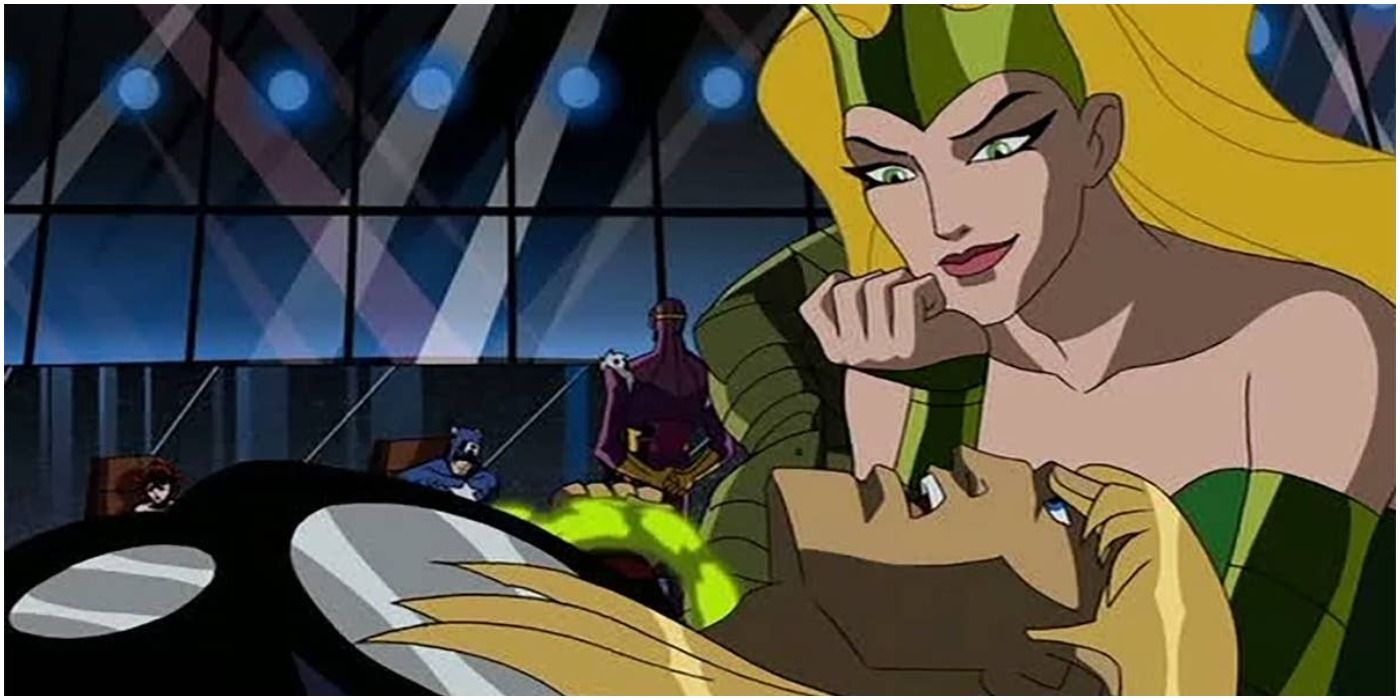
Amora of Asgard is the most beautiful woman in all the Nine Realms; any man would be at fingertips if she deemed it so. That is, except the one she actually wishes to be with: Thor. Bastion of heroism that he is, Thor has never been keen on getting together with a slippery enchantress, even one as lovely as Amora.
So consumed by her desire, Amora has lost sight of her original goal to be Asgard's queen. Now, her plans invariably revolve around either seducing Thor or spiting him. It's not an unselfish love, either, as sometimes Amora has forgone her plans in favor of helping her beloved.
3 The Venom Symbiote Behaves Like Spider-Man's Bitter Ex
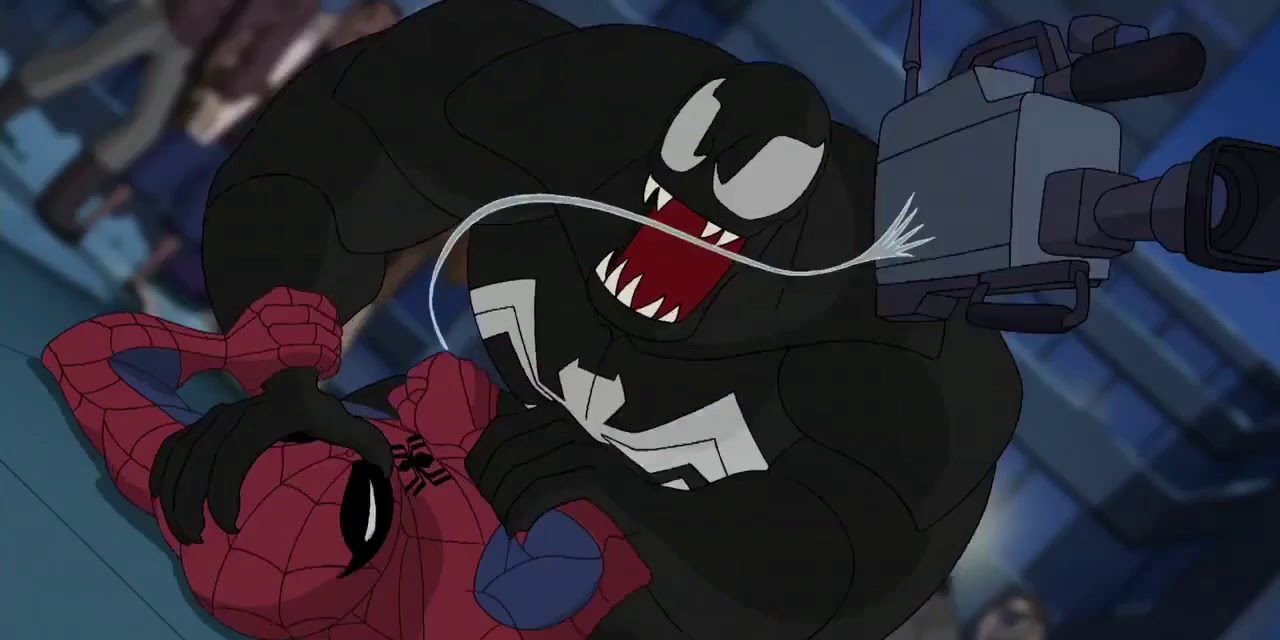
Hell hath no fury like a Symbiote scorned; whoever its host may be, the Venom symbiote's vendetta against Spider-Man is because the hero rejected being bonded to it. The animated renditions make this most explicit; in Spider-Man Unlimited, Venom tries to absorb Spider-Man, declaring they "will merge and be one, as it always should have been."
Likewise, in "Nature Vs Nurture," the season one finale of The Spectacular Spider-Man, the symbiote deserts Eddie when Peter offers to re-merge with it; Peter even outright says all Venom really wants is a "reunion with its first love."
2 The Joker's Fixation On Batman Has Become Increasingly Sexualized
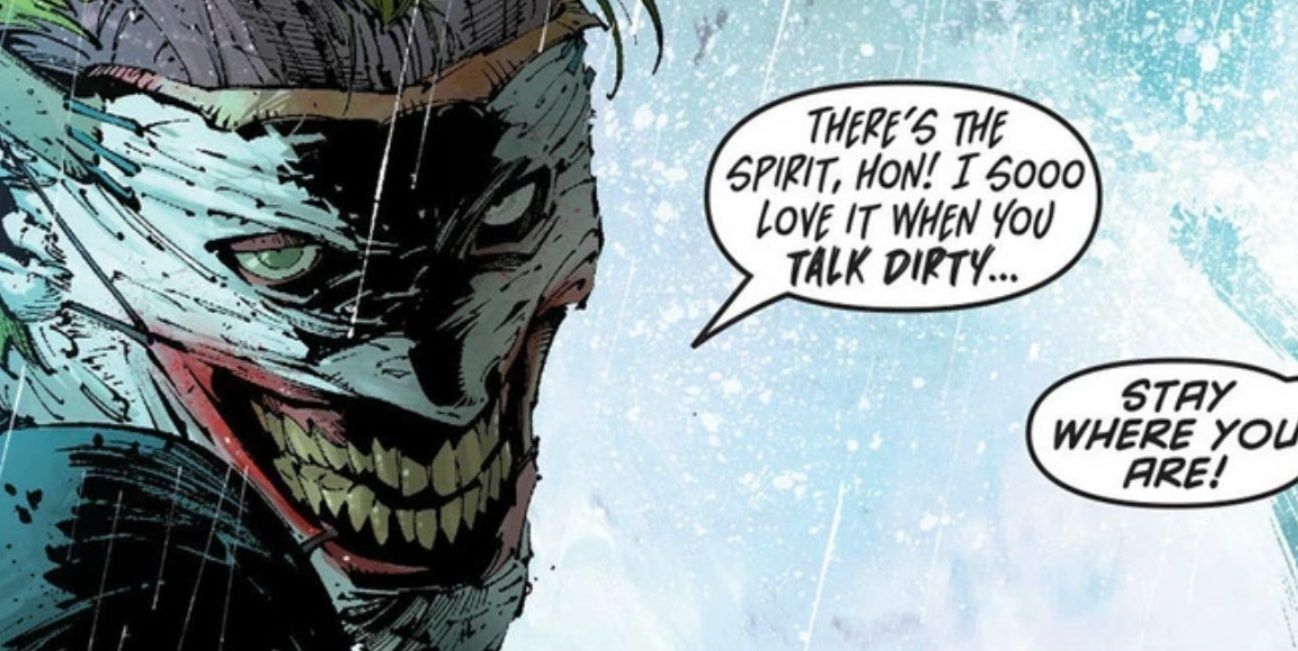
Sometimes, the Joker can't decide if he wants to kill or kiss the Dark Knight. Like so much of modern Batman, this all goes back to Frank Miller. "The Dark Knight Returns" took the queer-coding and androgyny of the Joker to new levels; Miller's Joker calls Batman “darling,” and their final fight happens in a Tunnel Of Love. The animated version makes the dialogue even more explicit— as the Joker lurches over Batman with a knife and the Dark Knight fades from his wounds, the villain shouts "Oh don't tell me you're gonna fall asleep before we finish!"
What Miller started, Grant Morrison codified in "Arkham Asylum," when the Joker— who, in the original script but not the finished comic, was cross-dressing as Madonna— playfully smacks Batman's butt. This trend inched forward through the 21st century until Scott Snyder took it furthest of all; the Joker spends all of “Death Of The Family” flirting with Batman, while his rampage in "Endgame" is the act of scornful, unrequited suitor.
1 There's Clearly Something Deeper To Professor X & Magneto's Friendship
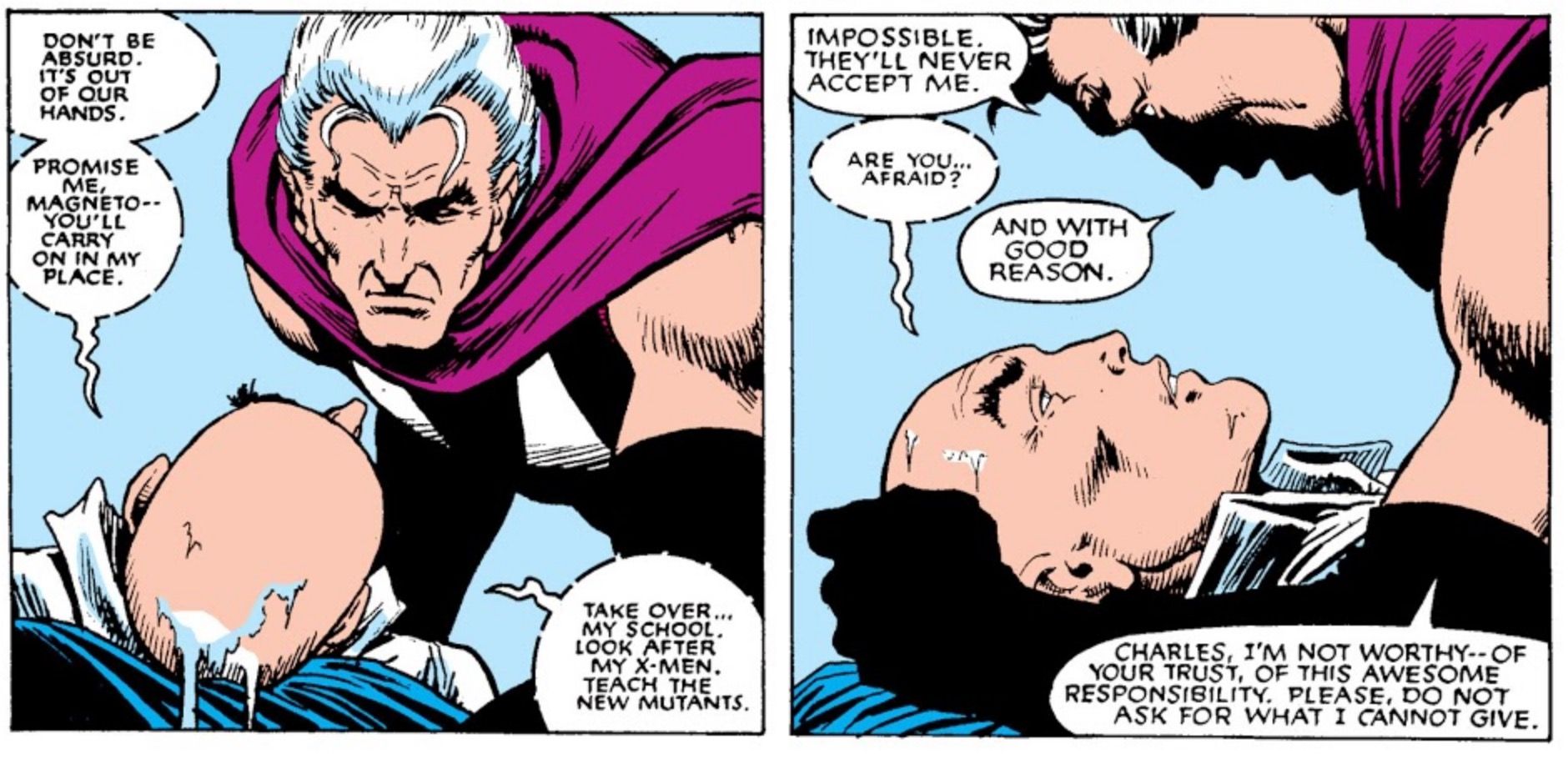
The subtext here is so blatant that the only excuse for not making it official is fear of the inevitable backlash that would come along with it from the more closed-minded portions of the fandom. Since Uncanny X-Men Issue #161, when Chris Claremont and Dave Cockrum revealed Charles Xavier and "Magnus" knew each other long before Professor X and Magneto did, they've been the best of frenemies. Magneto respects Xavier even when they're in conflict, while Charles' love for Erik means he's often attempted to mend the bridge between them, sometimes successfully.
They've also shared moments of intense physical and emotional intimacy, from hand-holding, head-cradling, and telepathic memory-sharing. These moments, mixed with the overall queer subtext of X-Men, can make one wonder if their relationship goes beyond mere friendship.


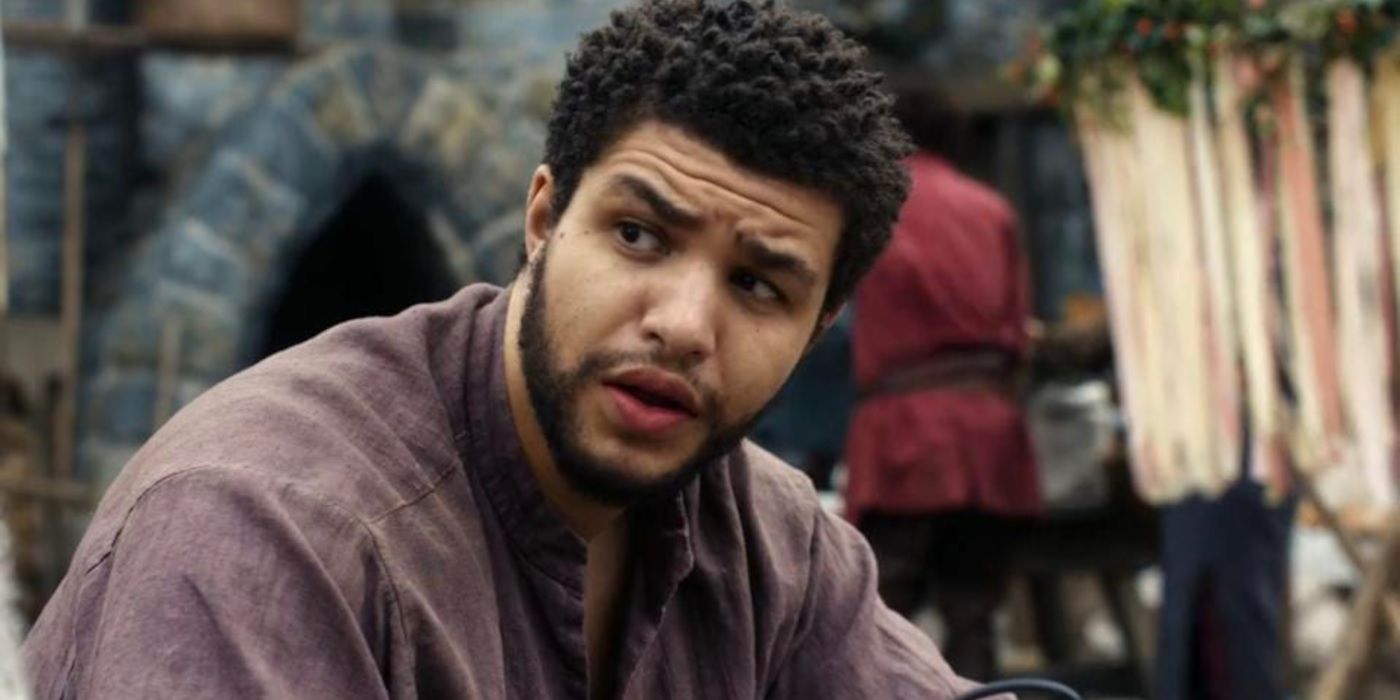
0 Comments